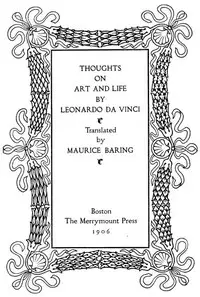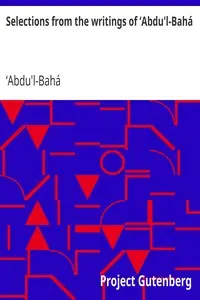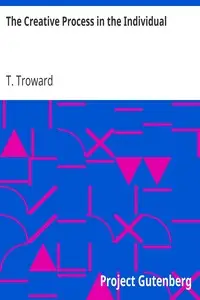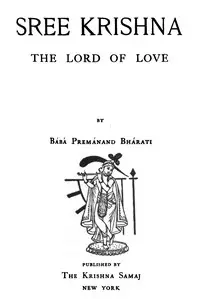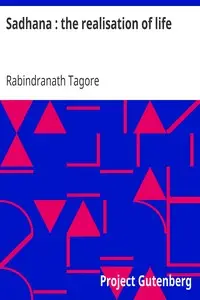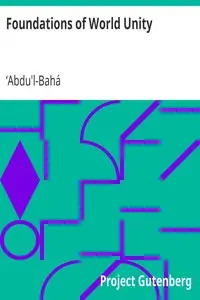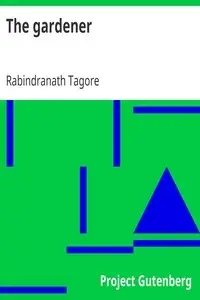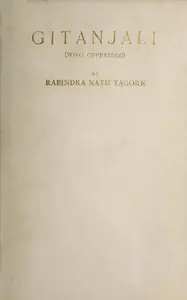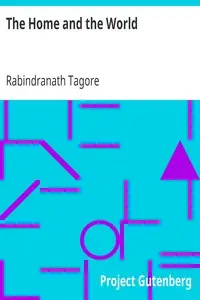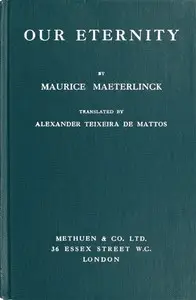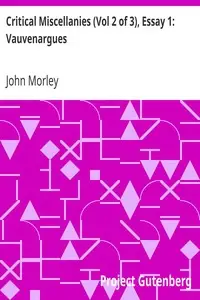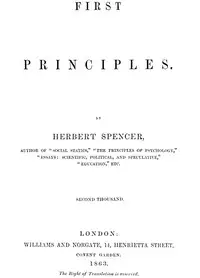"Creative Unity" by Rabindranath Tagore is a book that considers the idea that the universe is connected, focusing on creativity and the importance of seeing the world as a united whole. Tagore uses Eastern ideas to explain that love, art, and beauty are ways to understand this unity. The book starts by suggesting that people innately have an understanding of harmony, despite the distractions of everyday life, and true happiness comes from realizing how everything is linked, not from chasing personal desires. Tagore also looks at how art shows this connection and suggests that even bad times can help us find happiness. Through examining personal and shared awareness, Tagore encourages readers to think about their place in the vastness of the world.

Creative Unity
By Rabindranath Tagore
Discover a world where art, beauty, and love reveal the hidden connections that bind all of existence together.
Summary
About the AuthorRabindranath Tagore was a Bengali poet, writer, playwright, composer, philosopher, social reformer, and painter of the Bengal Renaissance. He reshaped Bengali literature and music as well as Indian art with Contextual Modernism in the late 19th and early 20th centuries. Author of the "profoundly sensitive, fresh and beautiful" poetry of Gitanjali, in 1913 Tagore became the first non-European and the first lyricist to win the Nobel Prize in Literature. Tagore's poetic songs were viewed as spiritual and mercurial; where his elegant prose and magical poetry were widely popular in the Indian subcontinent. He was a fellow of the Royal Asiatic Society. Referred to as "the Bard of Bengal", Tagore was known by the sobriquets Gurudeb, Kobiguru, and Biswokobi.
Rabindranath Tagore was a Bengali poet, writer, playwright, composer, philosopher, social reformer, and painter of the Bengal Renaissance. He reshaped Bengali literature and music as well as Indian art with Contextual Modernism in the late 19th and early 20th centuries. Author of the "profoundly sensitive, fresh and beautiful" poetry of Gitanjali, in 1913 Tagore became the first non-European and the first lyricist to win the Nobel Prize in Literature. Tagore's poetic songs were viewed as spiritual and mercurial; where his elegant prose and magical poetry were widely popular in the Indian subcontinent. He was a fellow of the Royal Asiatic Society. Referred to as "the Bard of Bengal", Tagore was known by the sobriquets Gurudeb, Kobiguru, and Biswokobi.

